![]()
![]()
![]()
Use LEFT and RIGHT arrow keys to navigate between flashcards;
Use UP and DOWN arrow keys to flip the card;
H to show hint;
A reads text to speech;
16 Cards in this Set
- Front
- Back
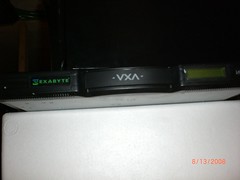
exabyte
|

(1) 2 to the 60th power (1,152,921,504,606,846,976) bytes. An exabyte is equal to 1,024 petabytes
|
|
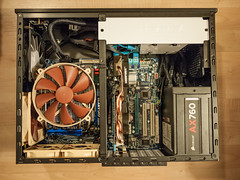
gigabyte
|

2 to the 30th power (1,073,741,824) bytes. One gigabyte is equal to 1,024 megabytes.
|
|

kilobyte
|
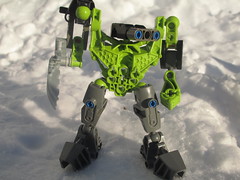
In decimal systems, kilo stands for 1,000, but in binary systems, a kilo is 1,024 (2 to the 10th power). Technically, therefore, a kilobyte is 1,024 bytes, but it is often used loosely as a synonym for 1,000 bytes.
|
|

megabyte
|

(1) When used to describe data storage, 1,048,576 (2 to the 20th power) bytes. Megabyte is frequently abbreviated as M or MB
|
|

petabyte
|
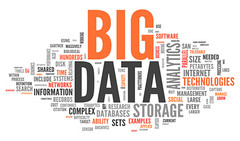
It wasn't that long ago that data storage devices were measured in gigabytes and terabyte hard drives seemed exotic.
|
|
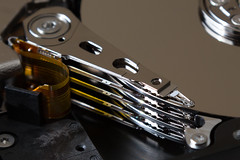
terabyte
|
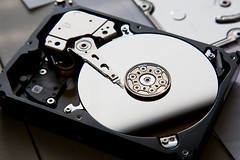
2 to the 40th power (1,099,511,627,776) bytes. This is approximately 1 trillion bytes.
|
|
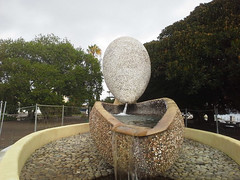
Basic input/ output system
|

the built-in software that determines what a computer can do without accessing programs from a disk. On PCs, the BIOS contains all the code required to control the keyboard, display screen, disk drives, serial communications, and a number of miscellaneous functions.
|
|

battery
|
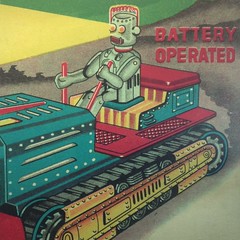
Efficiently directing power to different components of a system. Power management is especially important for portable devices that rely on battery power.
|
|

Central Processing Unit
|

CPU is the abbreviation for central processing unit. The CPU is the brains of the computer where most calculations take place.
|
|

expansion card
|

A printed circuit board that you can insert into a computer to give it added capabilities.
|
|

expansion card slot
|

An opening in a computer where a circuit board can be inserted to add new capabilities to the computer. Nearly all personal computers except portables contain expansion slots for adding more memory, graphics capabilities, and support for special devices.
|
|

hard drive
|
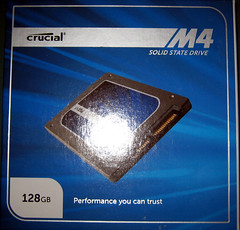
The mechanism that reads and writes data on a hard disk. Hard disk drives (HDDs) for PCs generally have seek times of about 12 milliseconds or less.
|
|

heat sink with cooling fan
|

A component designed to lower the temperature of an electronic device by dissipating heat into the surrounding air. All modern CPUs require a heat sink.
|
|

motherboard
|

The main circuit board of a microcomputer. The motherboard contains the connectors for attaching additional boards.
|
|
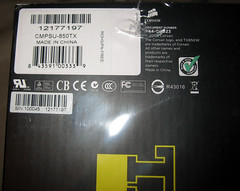
power supply
|
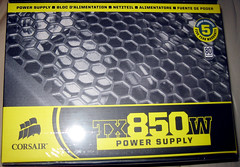
Also called a power supply unit or PSU, the component that supplies power to a computer. Most personal computers can be plugged into standard electrical outlets.
|
|

RAM
|

Refers to RAM that has been configured to simulate a disk drive. You can access files on a RAM disk as you would access files on a real disk.
|

